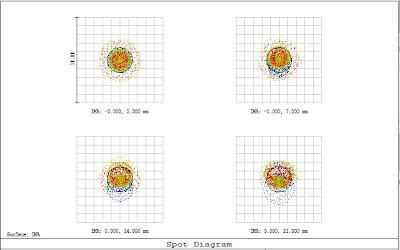Yesterday night I worked on the aspherical window, and I got the chance to put it in the tube together with all other optics. After collimation I got images that are at least very promising, and residual aberrations which now are in the range of 1/3 Lambda P-V will be corrected by local polishing. Testing will be done using an auto-collimation set-up.
Below some images of the current status, and a historical image of the prototype undergoing a critical review of the inspector.
It looks quite small here, but be careful, this is a 3 inch focuser and the eyepiece is one of the larger types (Ethos 13). If you really want to know how large it is, you could copy the picture and enlarge it using a beamer until the length of the tube on the image is around 750 mm.
Now this focuser is a cheap one used only for testing purposes. In the meantime my friend Rob van Vreden is developing a great new focuser and he works on the mechanical design of the mirror-cell and secondary mount. Later this year we hope to be able to put the first set of optics in the new Carbon tube and to make the first astronomical images with the LYNX.
I'll ask Rob to tell a bit more about this new focuser, so hopefully you'll read more about it very soon.







